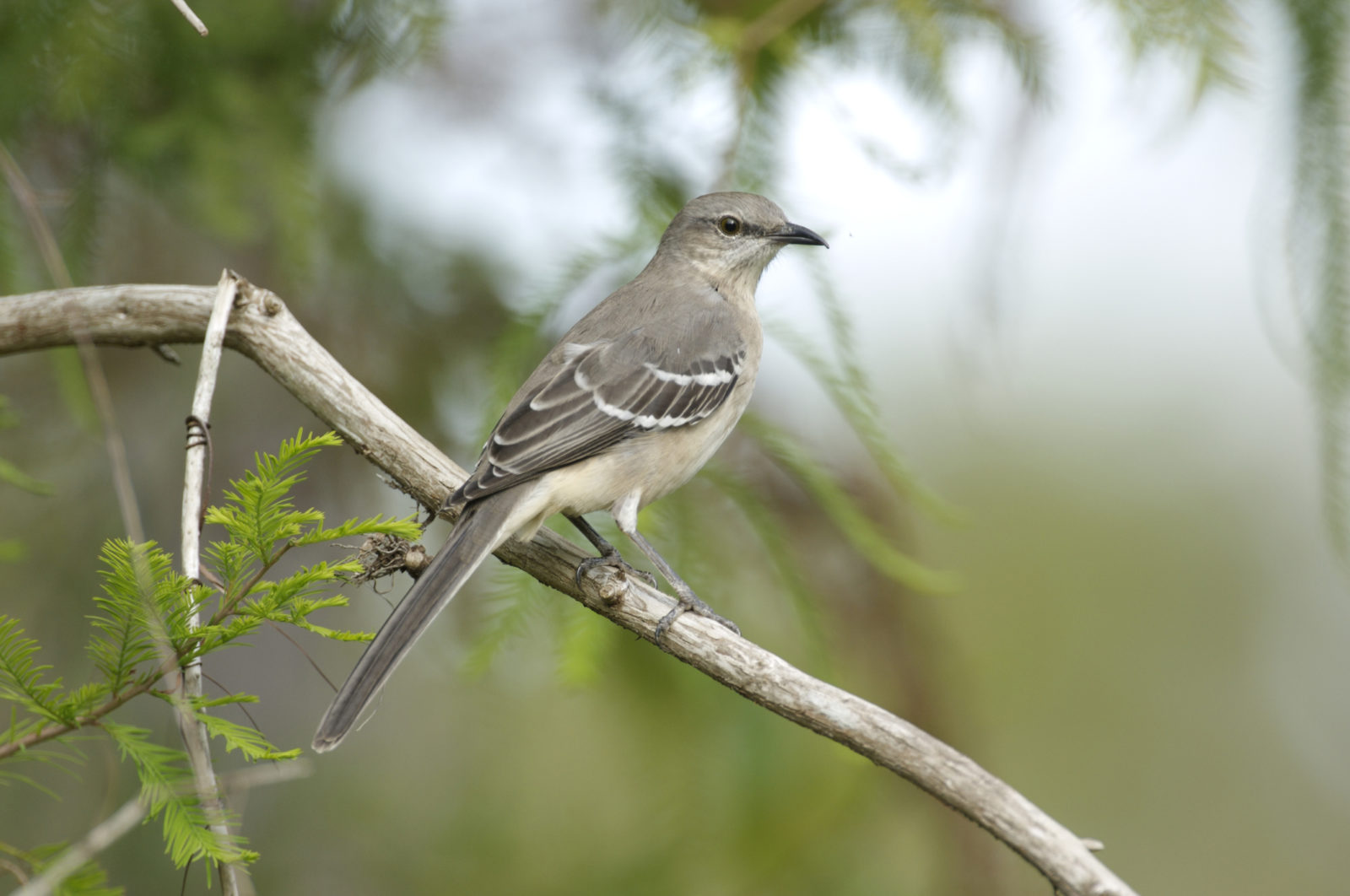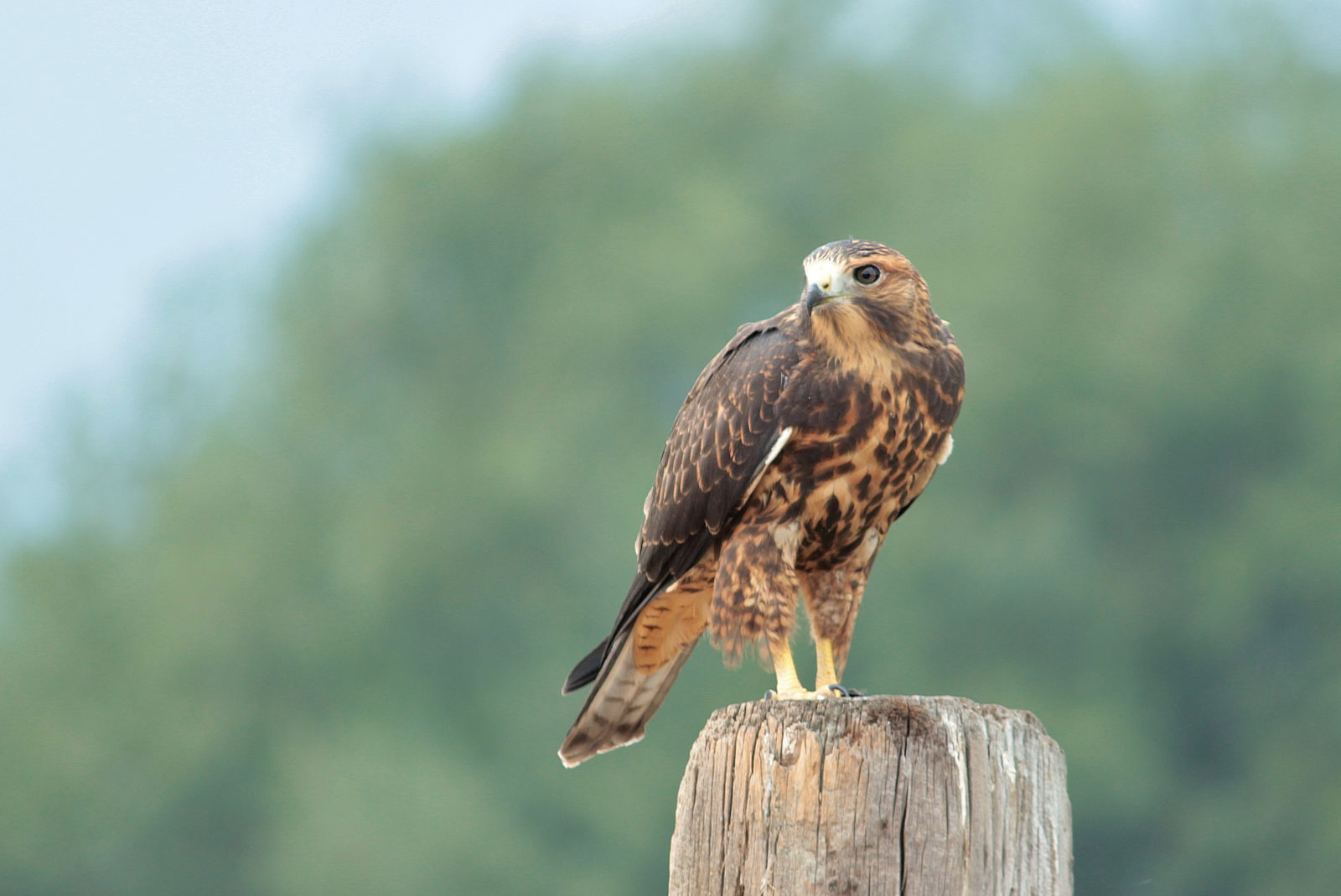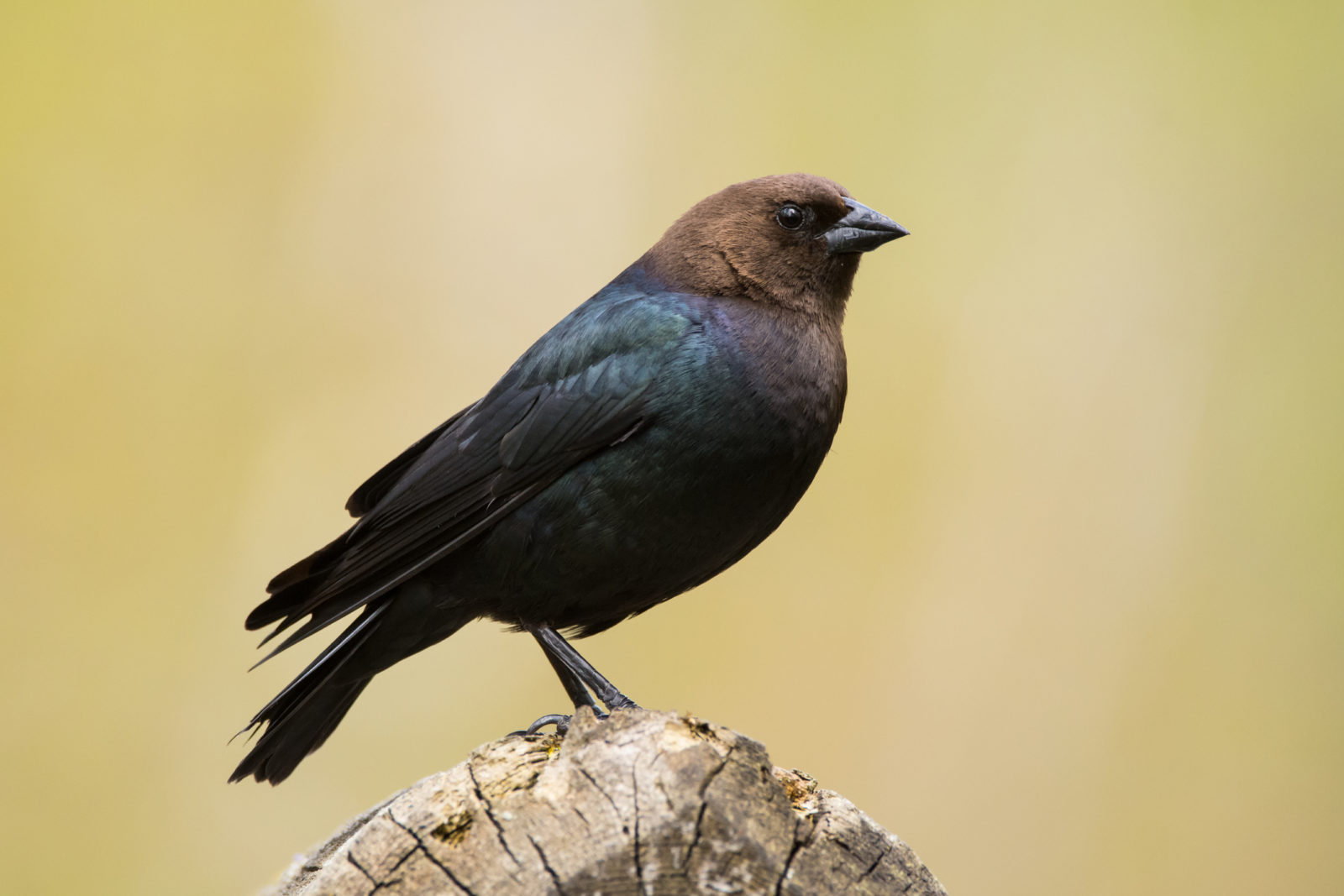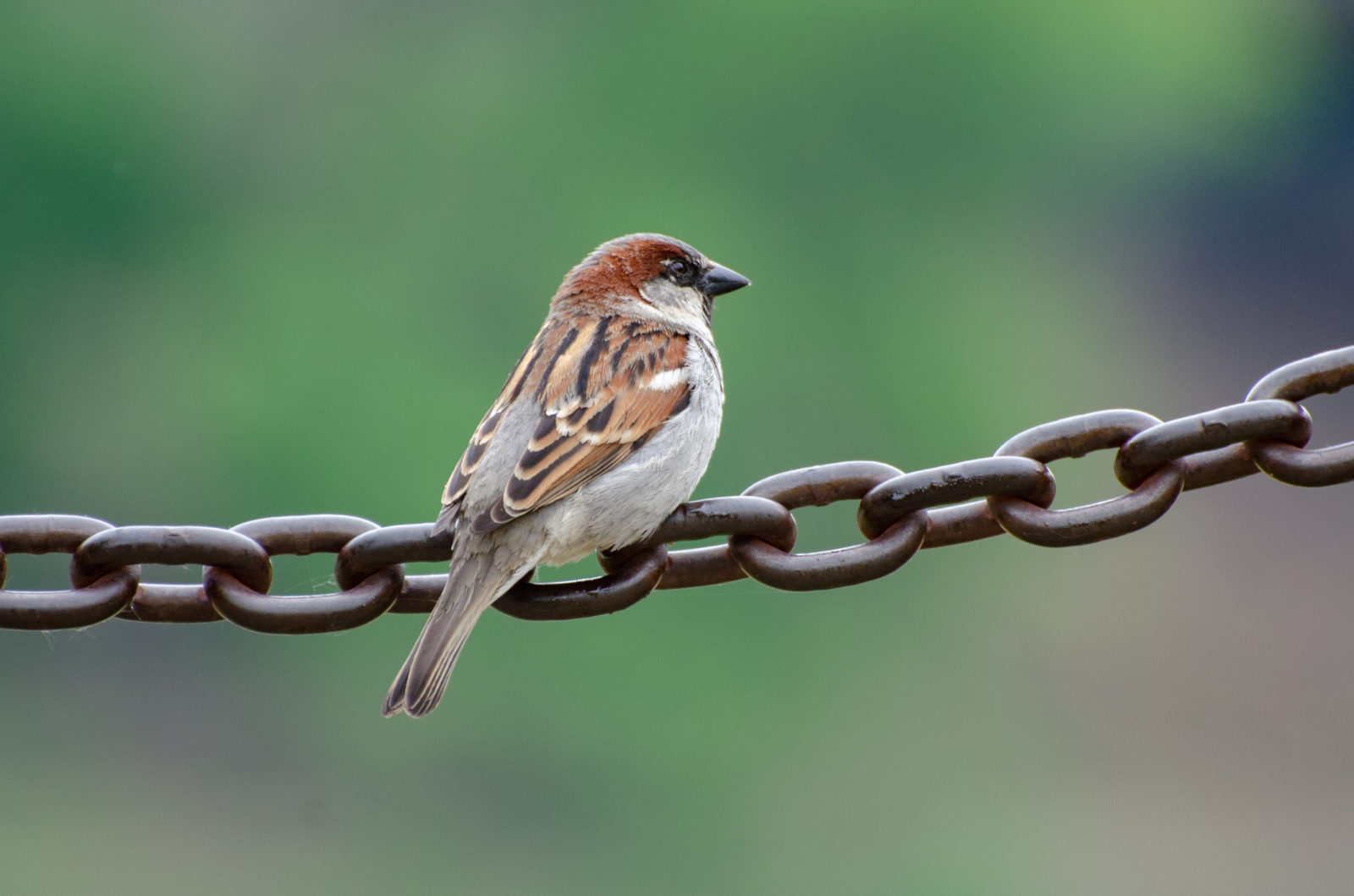Field Guide to Texas Birds
Because of Texas’ wild, varied geography, birds of all different kinds flock to all sorts of ecosystems and habitats. That’s why Texas is home to more than 640 species of birds, more than any other state except one (California).
Coastal areas capture major migrations; the Rio Grande Valley marks the northern boundary for many tropical birds; and the Panhandle, central Plains, and forests of East Texas are flush with species traveling the great Central Flyway Migration Corridor, which cuts through the center of the United States.
Bird watchers can chase down Texas species in the dense forests, gaping deserts, and riverbanks all across the state. But the quest may intimidate beginners.
Identifying species can be challenging; it can be difficult to know whether you just spotted a rare scissor-tailed flycatcher or a common great-tailed grackle. But don’t let that stop you. All you need is a good guidebook, a pair of binoculars, and an avid sense of curiosity.
The Secret to Bird-Watching
Good birders have keen, careful eyes. But understanding how to notice and sort out species is a skill that can be practiced. When you first spot a bird, begin by observing the feet and the beak, which can tell you a lot about the family. Then move on to the head, back, wings, tail, belly, and legs. Shape and color will help you narrow down what species you are looking at. Take notes and consult your field guide. But don’t worry if you can’t quickly or immediately identify the birds you’re finding — bird-watching takes time and patience.
Backyard Treasures
Even though Texas is home to some of the best birding spots in the world, the best place to start is your own backyard. You’ll be surprised by what creatures you can find there.

Northern Mockingbird: The mockingbird is our state bird, and it’s one of the most ubiquitous birds in Texas. Easily identifiable from its sleek gray body and the flash of white on its wings, it’s sure to catch your eye when it flies. Its name comes from the fact that mockingbirds mimic other birds’ calls, often learning up to a dozen birdcalls by the time they reach adulthood.

Red-Tailed Hawk: This majestic bird of prey can be seen all over Texas, sometimes nesting in tall skyscrapers or in trees overlooking highways. They are most numerous in Texas during the winter months. Look for the burst of orange on the top of its tail, the dark band across its belly, and white blotches on its brown back.

Brown-Headed Cowbird: You might stumble upon the cowbird in the parking lot on the way to the supermarket or perched atop your backyard fence post. The males have a distinctive brown head on a sleek black body.

House Sparrow: The first house sparrow was spotted in Galveston around 1867, a transplant from Asia and Europe. Now they are found all over the Western Hemisphere. The males are recognizable by a black goatee, but you will not have difficulty spotting these birds that flock in noisy roosts in the evening.
Pilgrimage Sites
You don’t have to travel very far in Texas to find a great birding spot, and with a little effort, you can easily hit some of the world’s best bird-watching destinations.
1. World Birding Center: These nine state parks and nature preserves in the Rio Grande Valley comprise some of the best birding spots in the world. The Rio Grande draws a boundary line for the northern migration of many tropical species and the southern migration for many northern species, which makes the area a special meeting point for birds that are hardly ever seen together. Here, lucky birders can spot the hook-billed kite, green kingfisher, northern beardless-tyrannulet, great kiskadee, golden-fronted woodpecker, and hundreds of other species of Texas birds.
2. Aransas National Wildlife Refuge: This popular winter Gulf Coast spot is home to migrating whooping cranes, the red-throated loon, zone-tailed hawk, red-necked phalarope, acorn woodpecker, and plenty of wetland species.
3. Big Bend National Park: Home to more avian species than any other national park, Big Bend has a rough, varied terrain that yields different species in the Chisos Mountains than in the low-lying desert, canyons, and river valleys. Great finds include the red-faced warbler, slate-throated redstart, dark-eyed junco, and dusky-capped flycatcher.
4. High Island and Bolivar Flats: Many species migrating across the Gulf of Mexico make landfall in the coastal areas just north of Galveston. Thousands of songbirds, dozens of warbler species, flycatchers, orioles, grosbeaks, buntings, and plenty of other species make High Island and Bolivar Flats their temporary home.
5. Padre Island National Seashore: The winter draws millions of water birds to Padre Island, where they roost or nest on the sandy banks of the sea. Some highlights include frigate birds and migrating peregrine falcons.
Get to know Texas’ amazing bat populations and explore our 16 national parks.
© 2018 Texas Farm Bureau Insurance



